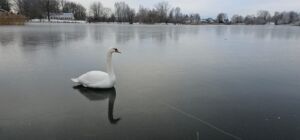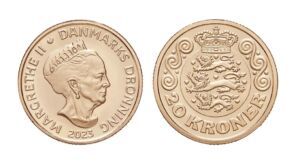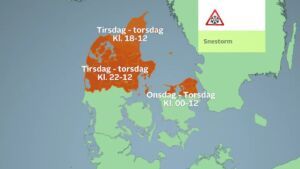News
Record number of species discovered by Danish researchers
This article is more than 10 years old.
Some 142 new ones named and defined in 2014, reports the National History Museum
Last year was a successful one for Danish natural scientists who managed to identify, characterise and name a total of 142 new species of beetles, fish, algae and butterflies, among many others – their most prolific year since 2007.
The majority of the discoveries were made outside Europe, from two completely new species of sea creatures discovered in the deep waters of Australia to numerous new finds in tropical climes.
Westerners have an advantage
“Finding new species in Denmark is quite rare, as most animal groups in western Europe are well studied," Hans Kristensen Viborg, a researcher at Aarhus Natural History Museum, explained to vindeskab.dk.
"The vast majority of new species are found in warmer parts of Earth. It is commonly Westerners who find new species because this is where the major museums are alongside huge resources for this basic type of research.”
READ MORE: New fungus found in Northern Jutland
Beauty in the eye of the researcher
According to Professor Henrik Enghoff, the key to the Danes' success might lie in their choice of species. By preferring 'unpopular' kinds to “fluffy” or “cute” mammals, they tend to have more success.
"If you found a new species of rhinoceros, it would probably be something you could show off about," he told videnskab.dk.
"But for us who work with the more modest organisms, it is commonplace to find new species. For example, I have described nearly 300 new species of millipede, but that's not what I'm most proud of."










































